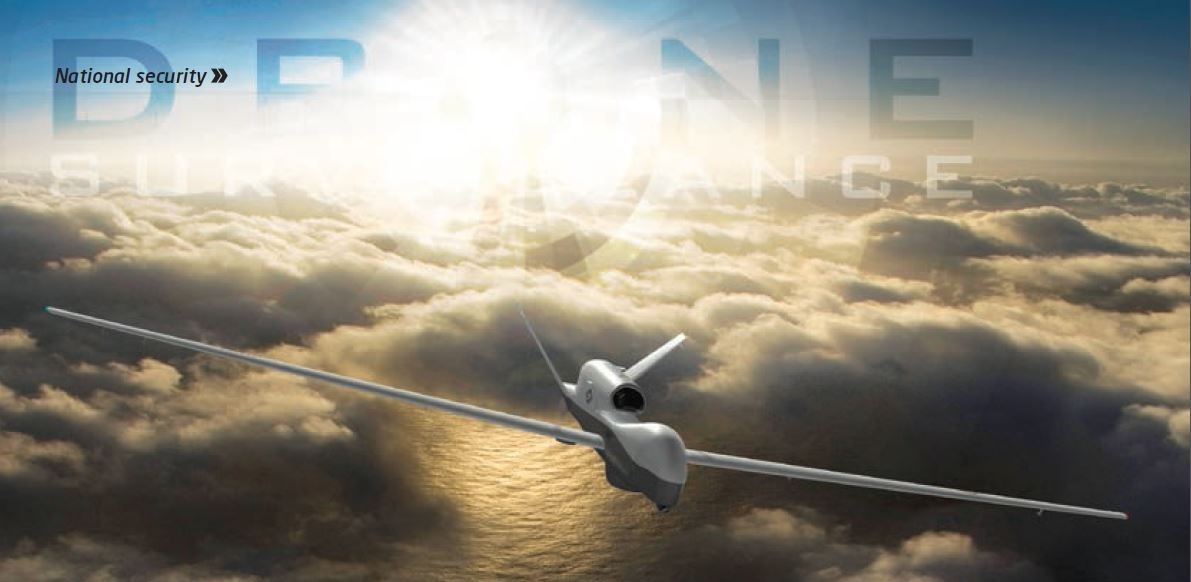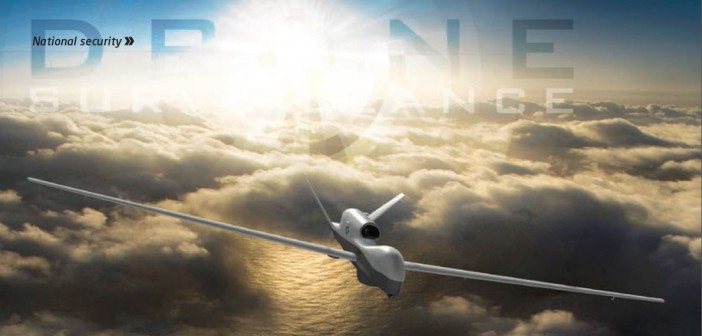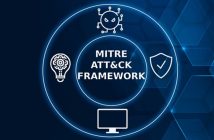
Australia has always had to contend with an enduring border security dilemma: over 59,000km of coastline borders, only a fraction of which is populated and subject to natural surveillance. The Gillard government’s 2013 National Security Strategy specifically referred to border security as a critical component of Australia’s national security.
The Commonwealth government now intends to deploy unmanned surveillance drones as a means of more effectively coping with the security risks inherent in our borders. Although the drones will be operated by the RAAF as military aircraft, the intention is that they will be used to support the newly-reformed Australian Border Force’s operations at the border. Compared to the United States and United Kingdom, Australia has been slow to adopt drones for military and security operations. The planned acquisition of the new drones presents an opportunity for Australia to develop both capability for and confidence in drones for domestic security operations.
The drone acquisitions
 The acquisitions are linked to the Defence Capability Plan (DCP) established back in 2012. Up to now, Australia has relied on a fleet of 18 P-3 Orion maritime surveillance aircraft to support border surveillance. The Orions were first designed around 1959, and are reaching the end of their service life. The DCP AIR 7000 plan is to replace the ageing Orions with a mixed fleet of new manned aircraft and unmanned drones. The current proposal is to phase in 8 P-8 Poseidon maritime surveillance aircraft supported by 7 MQ-4C Triton unmanned drones.
The acquisitions are linked to the Defence Capability Plan (DCP) established back in 2012. Up to now, Australia has relied on a fleet of 18 P-3 Orion maritime surveillance aircraft to support border surveillance. The Orions were first designed around 1959, and are reaching the end of their service life. The DCP AIR 7000 plan is to replace the ageing Orions with a mixed fleet of new manned aircraft and unmanned drones. The current proposal is to phase in 8 P-8 Poseidon maritime surveillance aircraft supported by 7 MQ-4C Triton unmanned drones.
 The MQ-4C Triton is a specialised surveillance drone entirely unlike the types of commercial drones seen elsewhere in Australia. It has a wingspan of 39.9 metres, around two-thirds that of a Qantas A330 passenger plane. It is much larger than the Predator UAVs used for combat missions, and much nearer in size to the existing P-3 Orions used by the RAAF. It is intended to carry a payload of sophisticated sensors rather than weapons.
The MQ-4C Triton is a specialised surveillance drone entirely unlike the types of commercial drones seen elsewhere in Australia. It has a wingspan of 39.9 metres, around two-thirds that of a Qantas A330 passenger plane. It is much larger than the Predator UAVs used for combat missions, and much nearer in size to the existing P-3 Orions used by the RAAF. It is intended to carry a payload of sophisticated sensors rather than weapons.
The Tritons are well-suited to domestic security operations over Australian waters. Their maximum flight time is 28 hours, almost double that of the new P-8 Poseidon manned aircraft. This would allow the RAAF to conduct longer surveillance patrols, or remain on-station at an incident for longer. It is also specifically designed for the maritime operating environment, with systems for de-icing and coping with rough weather. This will enable the RAAF to continue to gather incident intelligence even if weather conditions deteriorate.
For border security applications, drones require more sophisticated sensor suites than are typically found on commercial and recreational drone systems. The MQ-4C Tritons will be expected to detect and identify suspicious vessels accurately within a large environment. Northrop Grumman provides a “multifunction active sensor” radar system with the Triton, which aims to provide 360 degree detection in-flight. It is also fitted with long-range detection sensors, infrared imaging, and electronic support systems to enable effective intelligence processing in the field…Click HERE to find out more about this article






